The draft stipulates regulations on the mechanism to encourage the development of rooftop solar power installed in homes, offices, and business headquarters in Vietnam for self-use; electricity is not sold to other organizations or individuals.
This is considered a policy to promote the gradual implementation of the National Power Development Plan for the 2021-2030 period, with a vision to 2050 (Power Plan VIII) approved by the Prime Minister in Decision 500/QD-TTg dated May 15, 2023.
Only encourage solar power for office and residential rooftops
When the draft was announced, on some social networking forums, there were opinions that the Ministry of Industry and Trade should expand the beneficiaries of preferential policies such as industrial park roofs, hospitals, schools, etc.
Talking to the press about this content, a representative of the Department of Electricity and Renewable Energy (Ministry of Industry and Trade) informed: the target and scale of rooftop solar power have been approved by Deputy Prime Minister Pham Hong Ha in Decision No. 500/QD-TTg dated May 15, 2023 on the National Power Development Plan for the period 2021-2030, with a vision to 2050.
Specifically: "Power source structure by 2030, solar power 12,836 MW (8.5%, excluding existing rooftop solar power), including: concentrated solar power sources 10,236 MW, self-produced and self-consumed solar power sources about 2,600 MW".
Thus, the national planning has determined that the self-produced and self-consumed solar power source will be developed by 2030 compared to the current scale of about 2,600 MW. Setting this scale aims to ensure the power source structure in the national power system; ensure the security of the power system, safe operation and regulation of the national power system.
Regarding the Draft mechanism to encourage the development of rooftop solar power, which has just been reported by the Ministry of Industry and Trade to the Prime Minister in Report No. 107/BC-BCT dated July 26, 2023, the proposed subjects of application are private homes and public offices.
Regarding these two subjects, according to the direction of Prime Minister Pham Minh Chinh (Document No. 4286/VPCP dated June 10, 2023 of the Government Office), Deputy Prime Minister Tran Hong Ha (Notice No. 219/TB-VPCP dated June 12, 2023 and Document 4552/VPCP-CN dated June 20, 2023 of the Government Office), the Ministry of Industry and Trade is required to develop a mechanism to encourage the development of rooftop solar power for the subjects of application, which are private homes and public offices. In addition, rooftop solar power installation is for self-production, self-consumption, self-use, and not for sale to other organizations or individuals.
“Regarding rooftop solar power on the roofs of corporate headquarters, factories, hospitals, schools... the Ministry of Industry and Trade has also reported to Prime Minister Pham Minh Chinh for consideration and direction. After receiving direction from the Government, the Ministry of Industry and Trade will continue to research and develop incentive mechanisms to apply to the above-mentioned subjects,” said the Department of Electricity and Renewable Energy (Ministry of Industry and Trade).
Not a priority for immediate development
The Department of Electricity and Renewable Energy (Ministry of Industry and Trade) also said that the lack of a mechanism for developing rooftop solar power in industrial parks, hospitals, and schools cannot be said to be a ban, but only a lack of immediate priority for development, which needs to be considered and calculated based on the development of other power sources in the total power source structure. This is to exploit distributed renewable energy sources and not have to invest in upgrading the distribution grid and especially ensure the safe operation of the power system. Except for independent solar power systems, equipped with power storage and not connected to the national grid, there is no limit to development.
In the future, when the power system develops more baseload power sources and especially flexible power sources, it will create conditions for integrating more renewable energy sources; including solar power, including rooftop solar power, which is an uncertain power source that depends on the weather.
In addition, rooftops in industrial parks, hospitals, schools, etc. are all large areas, and can be installed from nearly 1 MW to tens of MW. Such large-scale investments require many conditions regarding capital, technical safety, fire prevention, transformer stations, internal transmission lines, management, operating personnel; electricity quality, electricity storage, AC connection conditions between self-consumed electricity and the national grid when there is no sunlight at night, it rains or the weather changes during the day. Not to mention environmental factors, waste from photovoltaic panels, etc.
In fact, large-scale renewable energy sources (solar farms, wind power) that have been systematically invested into systems are still facing difficulties in mobilizing. Because the output is not large, it depends entirely on the weather, the stability and safety of the transmission system, and the quality of electricity.
On the other hand, factories, industrial production zones, especially high-tech enterprises such as electronics... need a stable and continuous source of quality electricity; they certainly cannot use rooftop solar power for production.
The development of renewable energy, including rooftop solar power, has been studied and experiences have been drawn from the implementation of Plan VII, the adjusted Plan VII and the incentive mechanism for the development of solar and wind power in the recent period. The rapid development of rooftop solar power in particular and renewable energy in general has left some problems; including the exploitation of policies to sell electricity at high prices for a long time, which many people are blaming on the management agency.
Therefore, the expansion of the subjects such as: schools, hospitals, industrial parks, hotels, farming households with farms, warehouses attached to houses, bus stations, seaports... enjoying support policies will be studied in future regulations.
“It can be affirmed that the development of rooftop solar power in particular, solar power and renewable energy in general in Vietnam is encouraged, but it is necessary to comply with the planning and depend on the actual situation of each stage to ensure energy security, ensure environmental and social factors and more importantly, for the common interests of the country,” he said.
In response to the question of why rooftop solar power projects in buildings such as schools, hospitals, industrial parks, hotels, etc. do not generate electricity to the grid and do not put pressure on the transmission system; Vietnam Electricity Group (EVN) does not buy it back, the representative of the Department of Electricity and Renewable Energy (Ministry of Industry and Trade) said that the state does not prohibit it but must control it to ensure the security and safety of the national power system. Because rooftop solar power, if connected to the national grid (connected after the meter), will put pressure on the national power system because when there is sunshine during the day, the solar power produced will supply the load. But when there is no sunshine, the national grid must still ensure enough electricity for the needs of use.
However, the biggest impact here is that the operation of rooftop solar power depends on the weather, the sun, clouds and rain are erratic, leading to an increase or decrease in electricity consumption. This erraticity makes the power system difficult to regulate, difficult to ensure safe operation and can cause grid failures.
According to experts and experience from developed countries, the ratio of solar power capacity accounts for about 15 - 20% of the power system's capacity, then the grid dispatch and operation is safe. Meanwhile, this ratio in Vietnam is currently about 20%. In addition, this ratio is also set by the Government in the National Power Development Plan for the period 2021 - 2030, with a vision to 2050; in which, by 2030, solar power accounts for about 14%.
On the contrary, rooftop solar power does not put pressure on the national power system if this source is independent, not connected to the grid, meaning that the auxiliary and power generation sources are independent of the grid, operating regardless of whether or not there is electricity on the national grid. "In this case, the state does not prohibit it and does not need to control it," a representative of the Department of Electricity and Renewable Energy (Ministry of Industry and Trade) affirmed.
The Ministry of Industry and Trade also affirmed: There is no such thing as a sub-license arising in the installation of rooftop solar power. The Ministry of Industry and Trade is following the direction of Prime Minister Pham Minh Chinh and Deputy Prime Minister Tran Hong Ha to develop a mechanism for the subjects of private houses and public offices. In the draft mechanism, the Ministry of Industry and Trade does not require organizations and individuals to apply for an operating license, so there is no sub-license arising as many people worry.
In addition, the state does not prohibit businesses from installing rooftop solar power for their own use, participating in the process of reducing carbon emissions. However, the development also needs to be managed and monitored to ensure state management, safety and security for the national power system and general social issues.../.
Source link








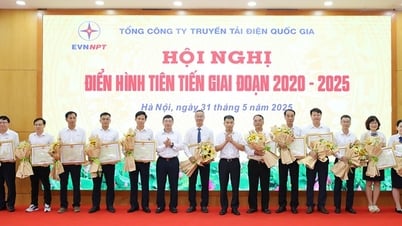



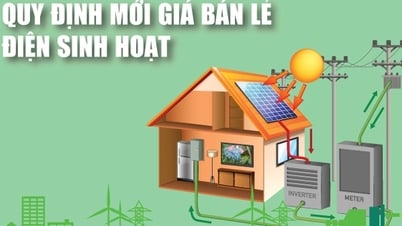










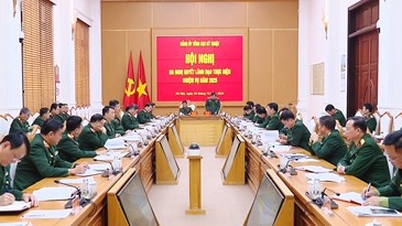


































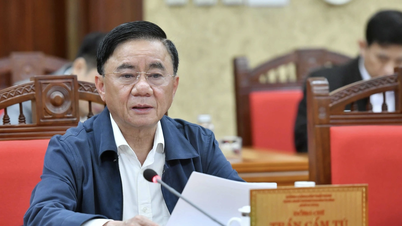
















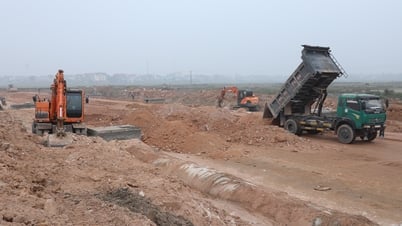




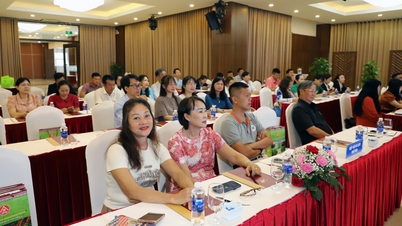




















Comment (0)